Pneumatic butterfly valve working principle diagram
Pneumatic butterfly valve working principle diagram
Pneumatic butterfly valve is a kind of general-purpose valve that is particularly widely used. Nowadays, many chemical industry, paper industry, coal industry, petroleum, medical, etc. will use valves, especially pneumatic valves, and if the use is relatively large, it must be Pneumatic butterfly valves are extremely common on many pneumatic pipelines! Especially in low-pressure large and medium-caliber pipelines, it is used more and more. The larger the diameter, the more economical and economical than other valves.
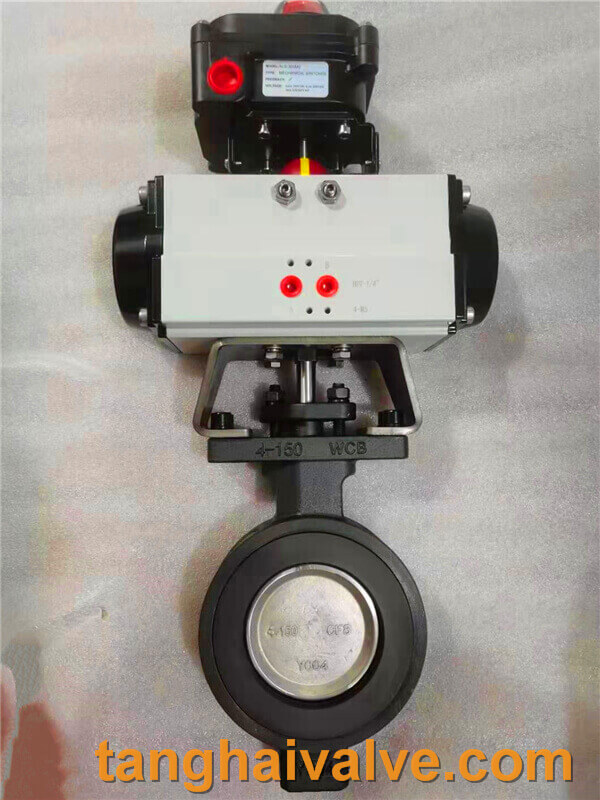
Double offset-butterfly valve-D972F-150lbC (1)
Pneumatic butterfly valves are so widely used because of their simple structure, easy maintenance, and rapid switching, which can not only improve work efficiency, but also reduce maintenance time. According to customer requirements, seal rings of different materials and parts of different materials can be selected to be suitable for different media and working conditions, so that the pneumatic butterfly valve can achieve great results.
Working principle of pneumatic butterfly valve:
The pneumatic butterfly valve uses compressed air as the power source, and drives the valve stem to control the disc-shaped butterfly plate to rotate around the axis. The initial position of the valve is determined according to actual needs. When the valve rotates 90° from the initial position, an action ends (by opening To off, or from off to on), otherwise, another action (from off to on, or from on to off) ends.
The execution speed of the pneumatic butterfly valve is relatively fast, it is not easy to be damaged due to jamming during the movement process, and does not require the hands of workers. It can not only be used as a cut-off valve, but also can be equipped with a valve positioner to achieve the function of regulating and controlling the pipeline medium. Pneumatic butterfly valve actuators are divided into single-acting and double-acting forms. The double-acting is vent opening and vent closing! Among them, the single-acting actuator has a spring return function, which can be
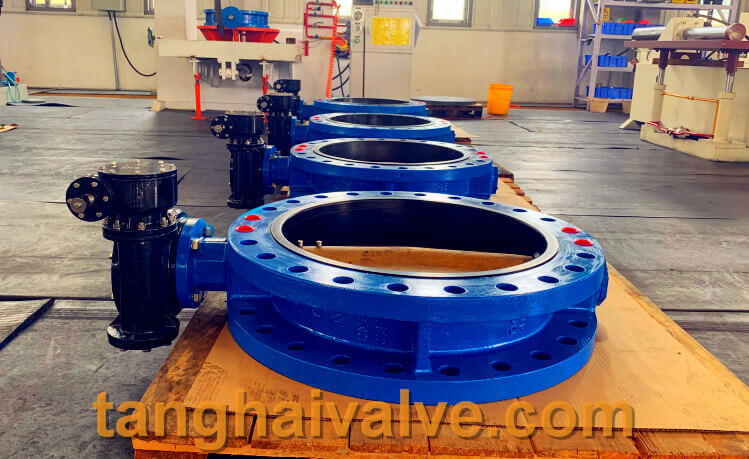
U-type flange butterfly valve, ductile iron, DI, center line,
automatically closed or opened in the case of gas or power failure, with a high safety factor!
Related knowledge: dynamic diagram of butterfly valve working principle
Recommended products: Pneumatic regulating butterfly valve Pneumatic triple eccentric butterfly valve
TH Valve is a professional manufacturer of butterfly valve, gate valve, check valve, globe valve, knife gate valve, ball valve with API, JIS, DIN standard, used in Oil, Gas, Marine industry, Water supply and drainage, fire fighting, shipbuilding, water treatment and other systems, with Nominal Diameter of DN50 to DN1200, NBR/EPDM/VITON, Certificates & Approvals: DNV-GL, Lloyds, DNV, BV, API, ABS, CCS. Standards: EN 593, API609, API6D


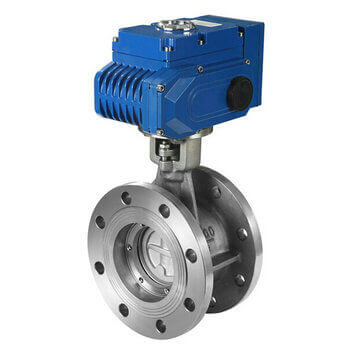
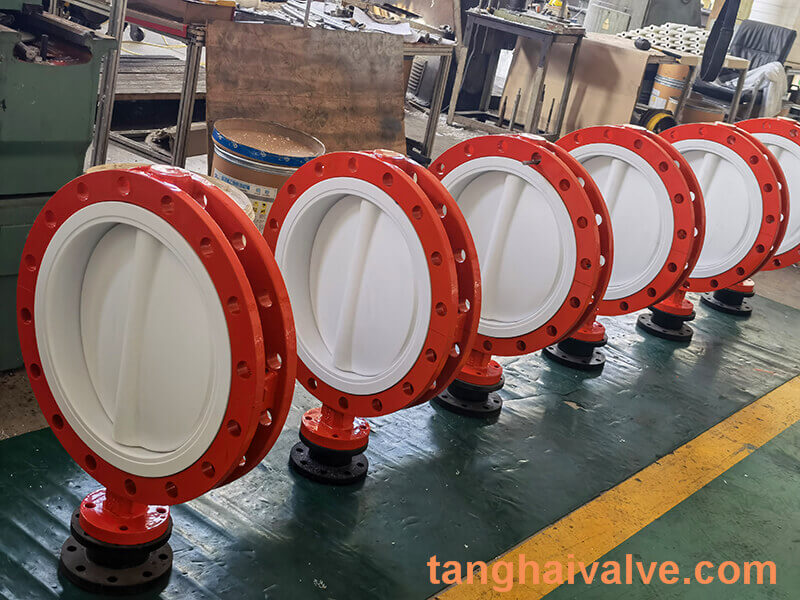
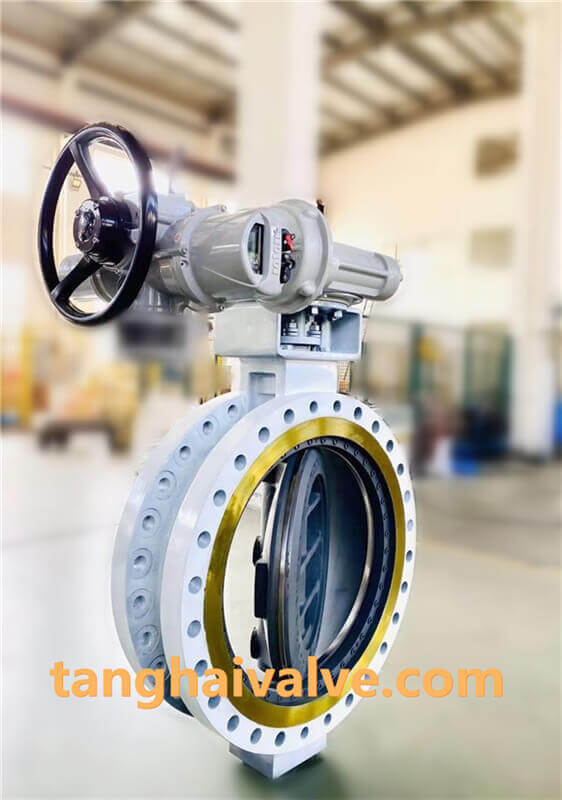
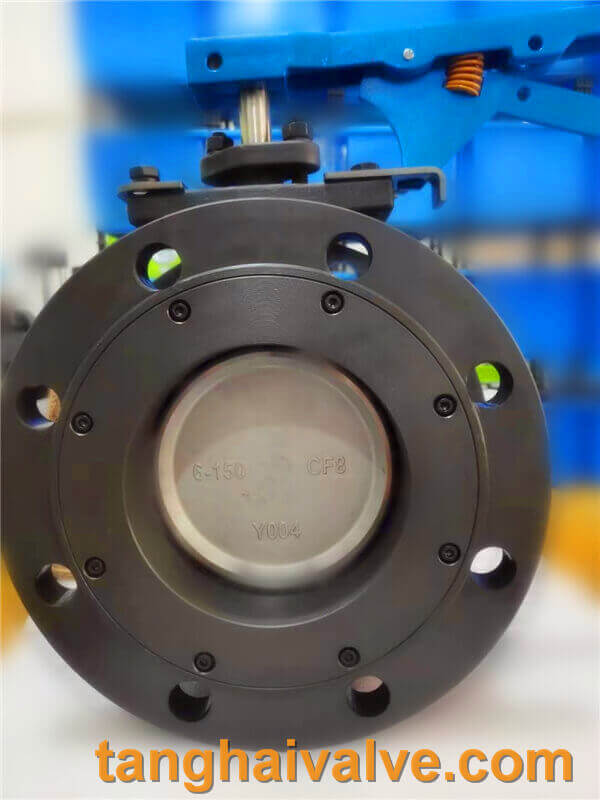
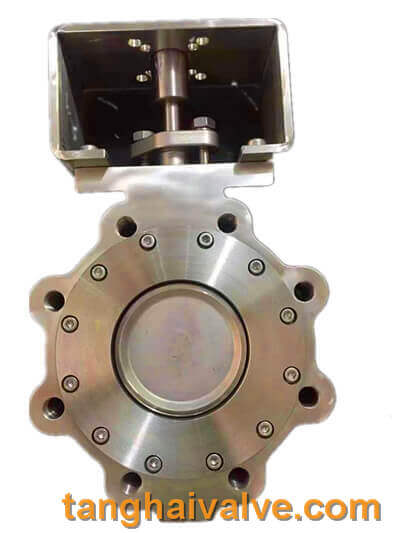
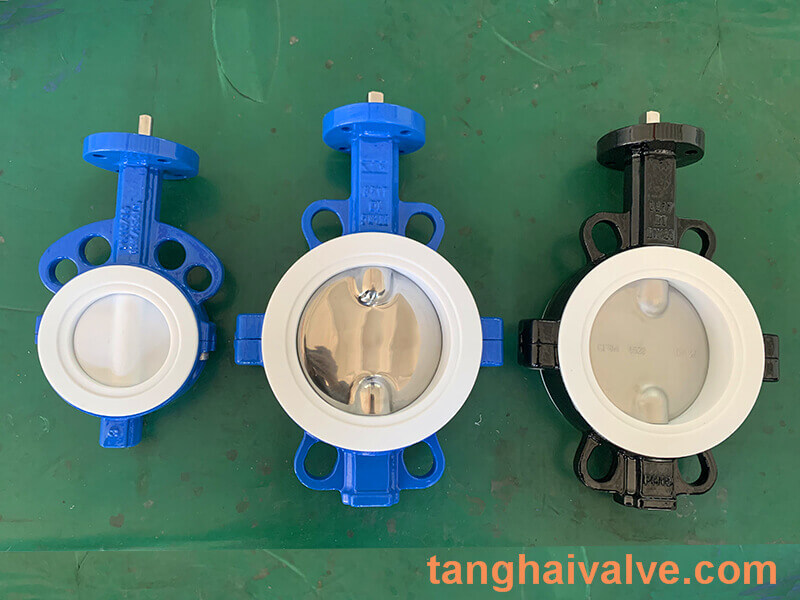
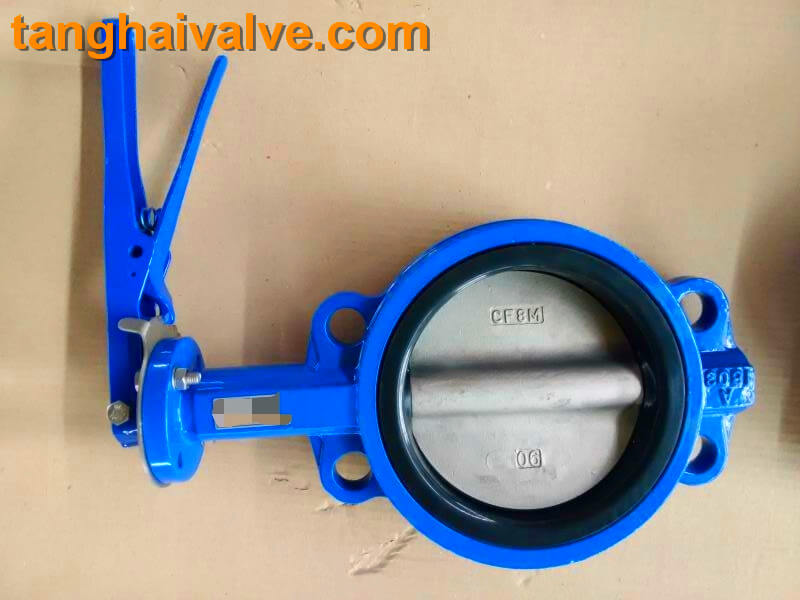
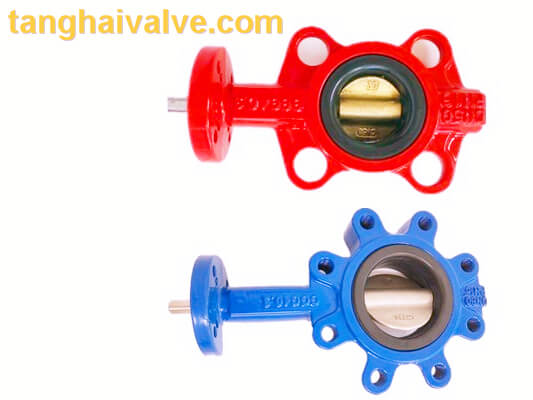
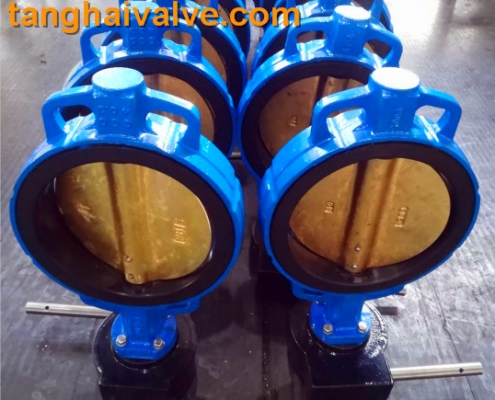


 © Copyright 2020 Tianjin Tanghaidongyang Valve Co., Ltd. All Rights Reserved.
© Copyright 2020 Tianjin Tanghaidongyang Valve Co., Ltd. All Rights Reserved.